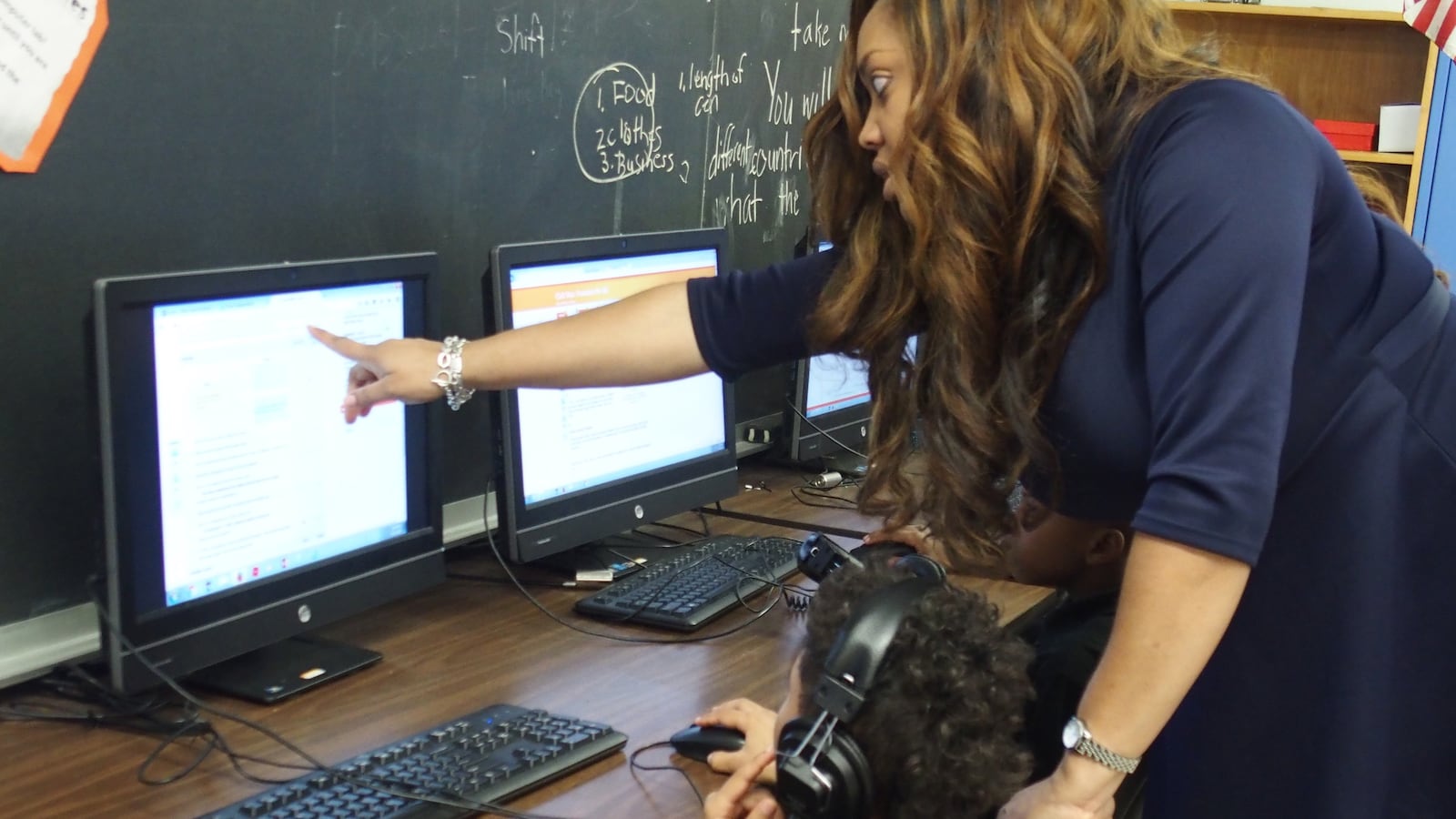As Indiana has developed a test to replace the beleaguered ISTEP exam over the last year, one question has repeatedly come up: Will the new test really be different?
It’s a valid concern in a state where test changes have been almost an annual occurrence, bringing with them technology problems and political squabbling. But state education officials say this is a fresh start and that Hoosier educators and parents shouldn’t expect the technical glitches, scoring delays and accuracy problems of ISTEP all over again.
“This is not ISTEP 2.0,” said Charity Flores, testing director for the Indiana Department of Education. “We didn’t just take everything from the previous ISTEP, and we’re putting it in the new platform and we’re just going to rebrand it. We have taken really intentional and deliberate steps to ensure this is a new pathway.”
Read: Check out some practice questions for Indiana’s new ILEARN test
Indiana elementary and middle school students will take the new ILEARN exam next spring — marking the first time in about three decades that ISTEP is out of the picture.
For the most part.
ISTEP will linger for high school students for at least another year because of recently passed legislation that derailed earlier plans for a new batch of end-of-course exams. Now, the state is changing direction to eventually adopt a college entrance exam for high-schoolers, which officials say will better align state tests with new graduation requirements and be more meaningful for students.
In the meantime, the test for younger students is on track. And while there might be noticeable differences in some questions, the test is also set to be more accessible for students learning English, easier for schools to administer, and have a quicker turnaround.
ILEARN might feel harder for some students — but others could see fewer frustrations.
It’s not that the test itself is getting easier or more difficult, Flores said, because ILEARN will test the same academic standards as ISTEP. But because the new exam will be “computer-adaptive,” the experience will be different for students.
In a computer-adaptive test, students don’t all answer the same static group of questions. Instead, they are given questions that are easier or harder based on how they answer previous ones. This could mean that if a student thought ISTEP was pretty easy, they might be more challenged next year. But a student who has struggled with testing might find it less frustrating.
And for teachers, the computer-adaptive test method can ensure that a broader range of questions are asked so that more grade level standards are covered. That way, teachers can get more feedback on how well students have mastered those areas.
Students learning English can now take tests in another language.
For the first time, Indiana students will be able to test in Spanish. They’ll also have access to translated “glossaries” in other languages — Spanish, Burmese, Arabic, Mandarin and Vietnamese — to help explain certain words.
Teachers would help students decide which tests they should take in English or Spanish, aligning the tests with how students have been taught, Flores said. If they learned science in Spanish, for instance, it makes more sense to test in Spanish.
The test is expected to be shorter and less rigid.
The exact length of the exams hasn’t been finalized, Flores said, but she expects teachers and students will find the new test much less time-consuming than in the past — both in the frequency and administration of the test.
Overall, she expects ILEARN to be between one and two hours shorter than ISTEP. This year, students are expected to spend between seven and eight-and-a-half hours on ISTEP, depending on their grade level.
There will be fewer restrictions around how long and when kids take the test, she said, so teachers and administrators can decide to break up testing sessions as needed. They could do an entire segment at one time, for example, or decide to do half-hour sessions two days in a row — or any other arrangement. And because ILEARN is untimed, students can take the time they need, within reason.
This is possible now, Flores said, because of the computer-adaptive platform. If students aren’t all getting the same questions at the same time, there are fewer risks that there will be security problems. Teachers will get guidelines around suggested times for each segment, but they have flexibility.
The test will also only be given in one window near the end of the year, instead of the current two windows in the winter and spring.
Schools, students and parents could receive scores faster.
One of the biggest criticisms of ISTEP was how long it took for schools and parents to get students’ scores back. Some years, they weren’t reported until after students had moved to the next grade.
It looks like those delays could be coming to an end after next year. Beginning in 2020, Flores said, schools will be able to get preliminary score reports from ILEARN tests within 12 days of students completing the exams.
Some questions, such as essay questions, will still need to be scored by hand and might take longer, but most items can be scored by computers and returned quickly.

